Welcome to the inaugural post of the newest Substack entrant, Econosseur at rickecon.substack.com. Before I start posting full-length, focused articles, I want to introduce myself, give some background on the Econosseur name, and describe what I hope to create on this platform.
About me
Why Econosseur?
What this space will be
1. About me
I am Rick Evans, and I am an economist. Sounds like the beginning of a 12-step meeting. My professional website is here, a formal bio is here, and my CV is here. I am a macroeconomist who focuses on public finance questions using open source policy models. I love code and computation, math and theory, and real world policy problems. But I want to give a less formal, more focused intro to who I am by covering how I got here, what I am doing now, and where I am going. And I want to move through those topics in reverse order.
1.1. Where I am going
My goal for the medium run and long run is to help researchers, analysts, and policymakers in many countries and many local governments create, maintain, and use open source models for making their policies and related analyses more open, transparent, replicable, and collaborative. I also hope to be an active participant in the creation of those models and the analyses using them.

1.2. What I am doing now
Open source microsimulation modeling, macroeconomic modeling, training, policy papers, and research papers.
I’ve spent the last two years at the Center for Growth and Opportunity (CGO) at Utah State University building an open source microsimulation model (FiscalSim-US) of US federal and state individual tax and benefit policies. That work has now transitioned over to my new position as Senior Economist at the Abundance Institute in Salt Lake City.
I published a number of state tax policy papers at the CGO in 2023, all using open source policy models.
Jason DeBacker and Richard W. Evans, “What Business Tax Reforms Would Be Best for Tennessee?” Research in Focus, Center for Growth and Opportunity (Jan. 12, 2023). Uses open source Cost-of-Capital-Calculator model.
Evans, Richard W., “What are the Effects of Utah Income Tax Rate Cuts?” Research in Focus, Center for Growth and Opportunity (Mar. 22, 2023). Uses open source FiscalSim-US model.
Evans, Richard W., “What are the Effects of Missouri Corporate Income Tax Rate Cuts?” Research in Focus, Center for Growth and Opportunity (Mar. 22, 2023). Uses open source Cost-of-Capital-Calculator model.
And I have a large number of new federal and state policy pieces using our open source models that I have been waiting to publish under the banner of the new Abundance Institute. Many of those articles will be published through this Substack.
In addition to my current work with microsimulation modeling of federal and state, business and individual, tax and benefit policy, I am also one of the core maintainers of a number of country-specific open source macroeconomic models (see models of USA, South Africa, India, and Malaysia as well as the core engine of those models). I have been working on the US model since 2011, and the other country calibrations came about through work with the European Commission, World Bank, and United Nations.
I am also currently involved in a very cool project with Raiany Romanni of the Amaranth Foundation and my long-time collaborator, Jason DeBacker, at the University of South Carolina estimating the value of research and development in anti-aging drugs and biotechnology. We are doing this work using the OG-USA open source macroeconomic model with its rich demographics—including mortality, fertility, and immigration rates by age and time period—and calibrated lifetime productivity profiles. We are answering questions like, “What would be the long-run value of medical breakthrough’s that allow us to have abundant organ replacement options?” I will write more on this topic later this year.
1.3. How did I get here?
I spent the first 12 years of my post-graduate career in academia with (i) 8 years as an Assistant Professor in the Economics Department at Brigham Young University (BYU) in Provo, Utah and (ii) 4 years as Senior Lecturer and Associate Director (for my final year) of the Masters in Computational Social Science (MACSS) program at the University of Chicago. My teaching at BYU focused on advanced undergraduate economics, mathematics, and computation. And my teaching in the MACSS program at Chicago focused on macroeconomics, data science, and machine learning for graduate student economists.
Among many great experiences during those first 12 years of university work, there are two main activities that stand out to me and were most formative for what I am doing now and what I plan to do with the rest of my career. And both of these threads started at about the same the same time back in 2009-2012.
1.3.1. Student computational economics boot camps and mentored research
The difference with the training model I learned from Jeff Humpherys is that your goal is to turn your students into collaborators.
My first job after receiving my PhD in economics from the University of Texas at Austin in May 2008 was as an Assistant Professor at Brigham Young University. BYU’s Economics Department had only undergraduate students, so all of our research assistants and teaching assistants were advanced undergrads. But BYU also had a long history of being one of the top departments in the country for getting its students into top 20 economics PhD programs.
In the summer of 2009, I met an innovative Associate Professor in the BYU Math Department, Jeff Humpherys. He saw that I was a macroeconomist who loved math, theory, and computation. And Jeff needed someone to teach a dynamic programming readings course to his students enrolled in an applied math sequence that he was putting together. I don’t remember exactly why I chose to teach an extra readings course that was in addition to my economics department teaching load, but I know that I have always loved teaching dynamic programming. And I am fairly certain that I discerned something innovative and exciting in what Jeff was doing.
To make a long story short, Humpherys created a multidisciplinary applied math program that involved a summer boot camp of core material for students, followed by more specialized courses, and mentored research. I became a co-PI on the first National Science Foundation grant ($599,918 over 5 years) that Jeff led for building a new applied math curriculum, which would later become the basis for the BYU Applied Computational Mathematics (ACME) degree program.
The first big lesson and skill that I learned from working with Jeff Humpherys was how to create a powerful, difficult, and focused curriculum for students that had the primary aim of turning them into co-researchers, coauthors, collaborators. This is a different training model approach than is commonly observed in either academic or private sector settings. The difference with the training model I learned from Jeff Humpherys is that your goal is to turn your students into collaborators.
As Jeff’s outside-funded student mentoring program in the BYU math department turned into the ACME degree program, his funder asked if I wanted to create an economics focused student mentoring program and boot camp. In 2012, the BYU Macroeconomics and Computational Laboratory (MCL) was born, founded by me and Kerk Phillips, my great friend, colleague, and coauthor. During my remaining time at BYU from 2012 to 2016, we had three cohorts of students (about 15 students a year, 46 total) come through the BYU MCL program.
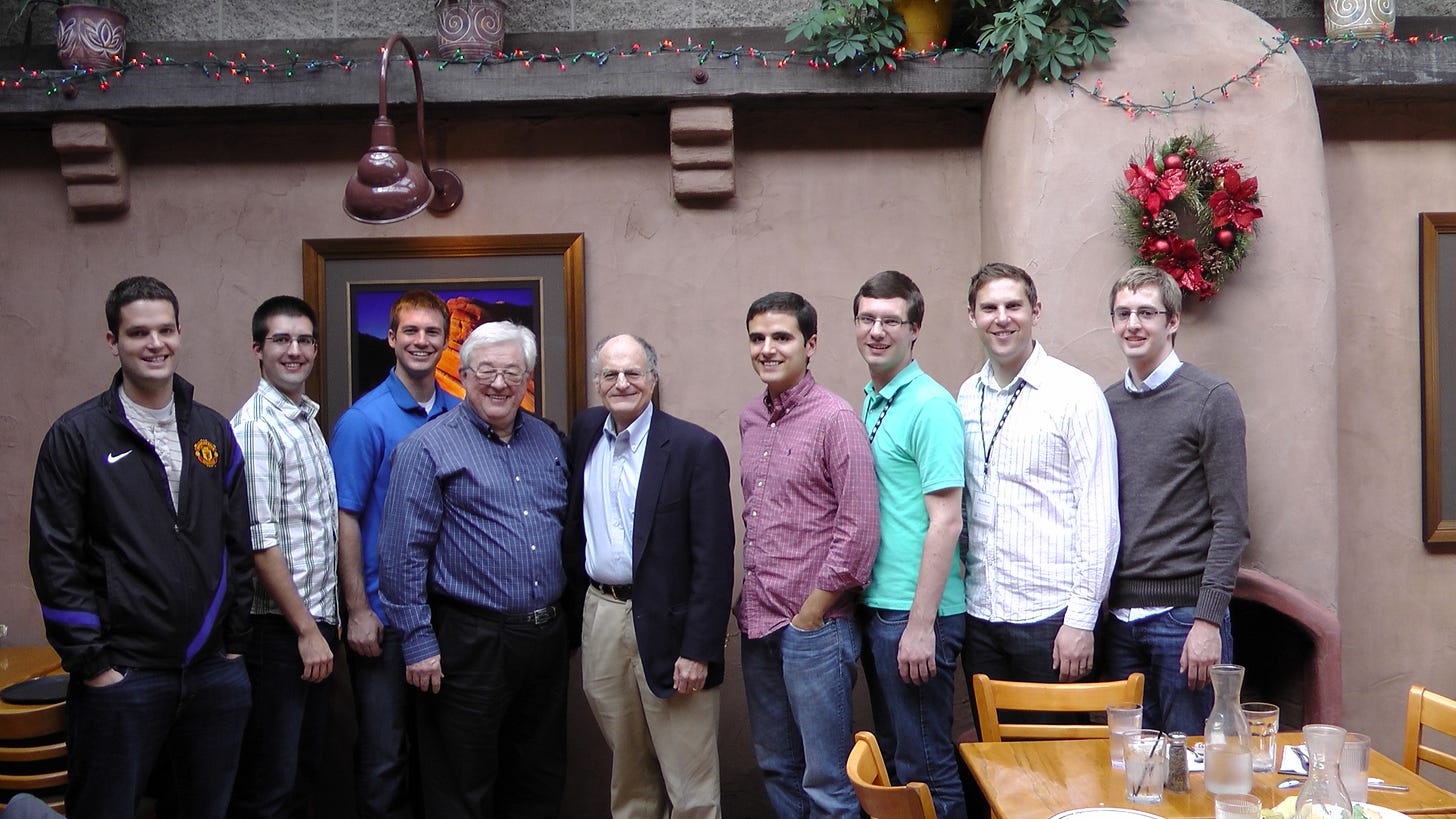
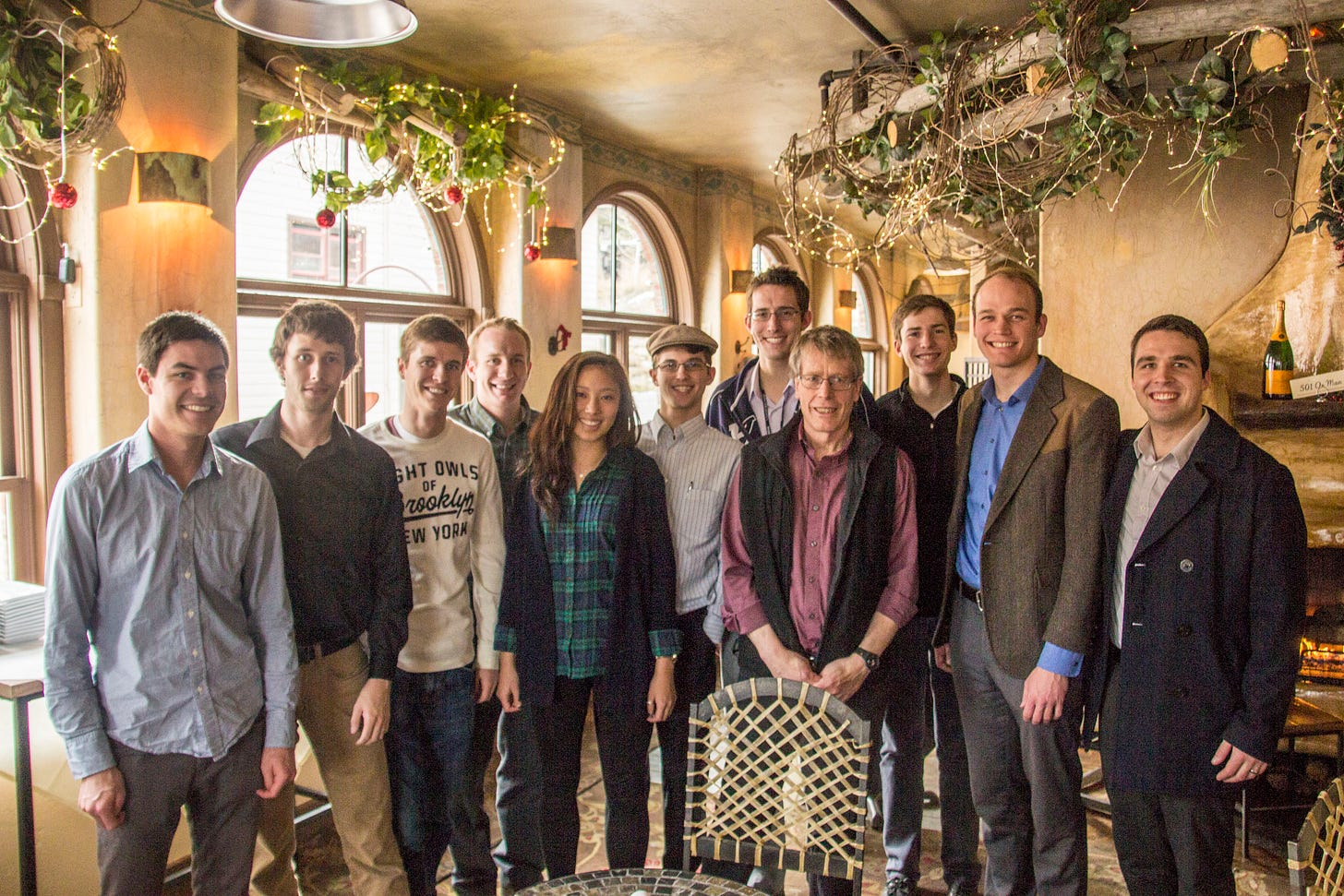
I left BYU in the summer of 2016 for a job as Senior Lecturer in a new program at the University of Chicago called the Masters in Computational Social Science (MACSS). I got to help create and build the curriculum for that program, which included rigorous computational, data science, and machine learning training. I tailored tracks for economics-focused students, but we also had students focusing in sociology, psychology, and political science. While at Chicago, I also had a three-year appointment as a Fellow in the Becker Friedman Institute (BFI). It was through BFI that I received a new grant in 2016 from the Charles Koch Foundation to expand and extend the work I had previously done in the BYU MCL and create a new organization at Chicago that gave world class computational economics training to the best PhD-bound students from around the world.
The Open Source Economics Laboratory (OSE Lab) was born in January 2017, and the first OSE Lab bootcamp was held Summer 2017. We had about 25 students come to the program every summer for three summers (2017, 2018, 2019). All the curriculum was taught be superstar guest lecturers, all the curriculum was open source (see 2017, 2018, and 2019), and all the students were assigned mentored research projects for the academic year after the boot camp.
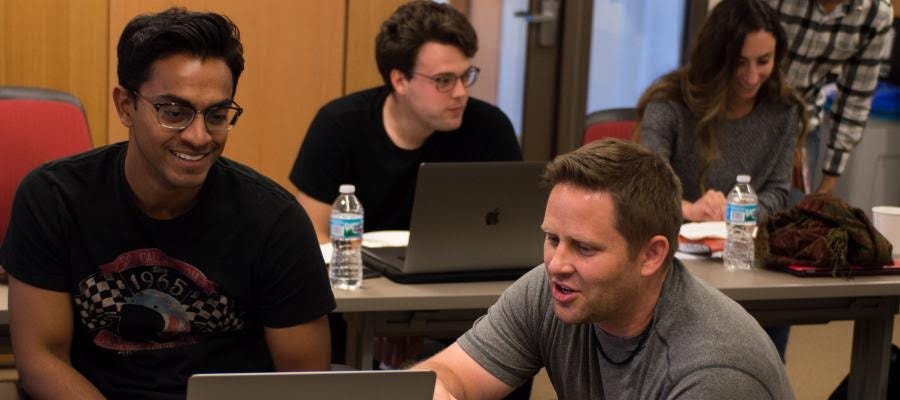
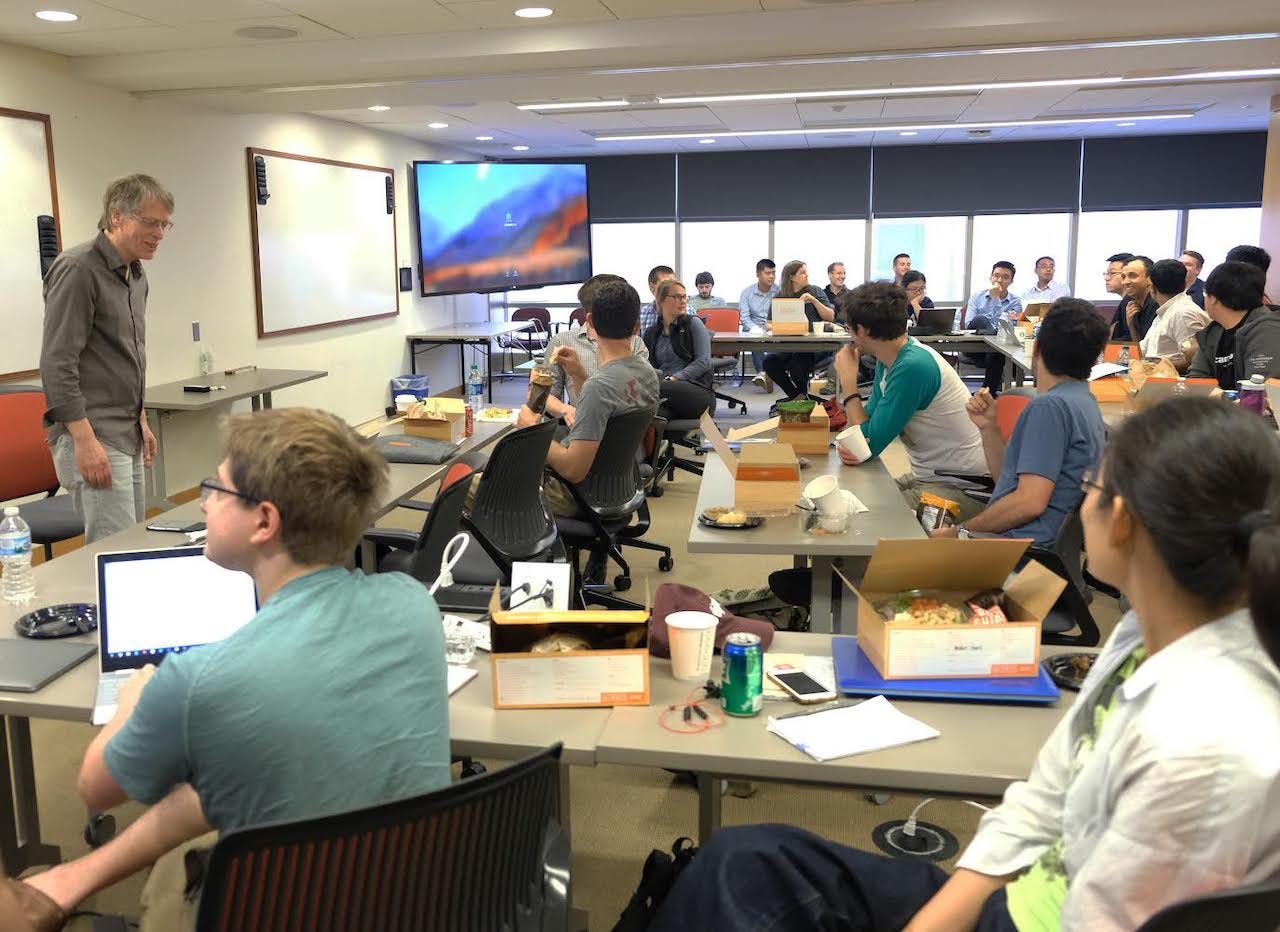

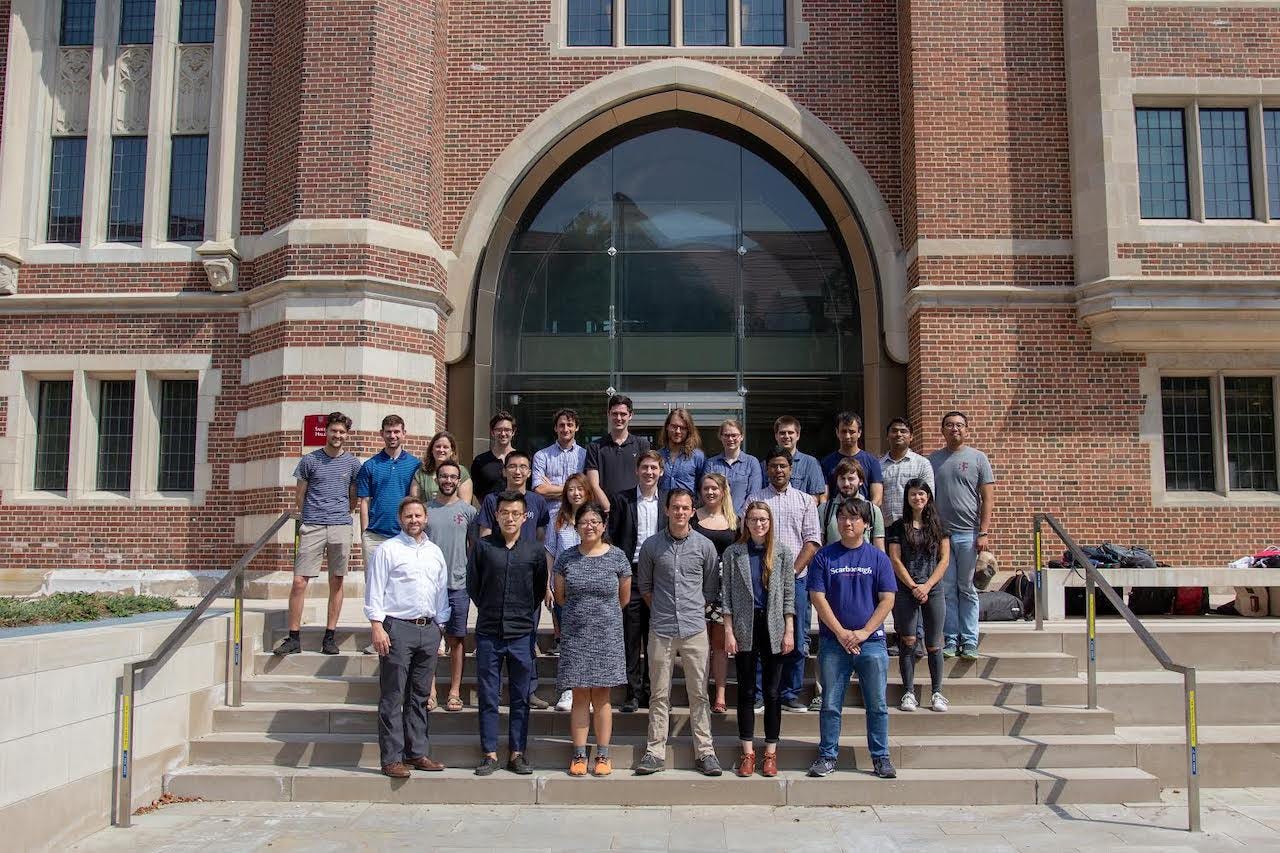
This type of training with a focus on creating collaborators is the foundation of all of my current outreach, marketing, and training work—from meeting with state and federal legislators and researchers using the FiscalSim-US microsimulation model to giving trainings to tax policy officials in developing countries. I want more collaborators.
1.3.2. Python and open source development and workflow
Python and open source coding and collaboration have transformed research and scientific computing.
It was back in 2009 that my friend in the BYU Math Department, Jeff Humpherys, also convinced me to make the investment to leave my old graduate school software platforms of MATLAB and STATA and replace them with Python. It took me a couple of years to fully commit, but that has ended up being one of the pivotal positive decisions of my career. Jeff was an early adopter of Python. But he saw that its open source availability, large network of users, and fast development in areas of scientific computing and high performance computing made it ideal for both training students and for collaborating on research.
By the time we started the BYU Macroeconomics and Computational Laboratory in 2012, Python was the computational software of all of our modules, training, and research. This was obviously the direction of the newly starting Applied Computational Mathematics Emphasis degree program at BYU. I still use their open source, open access Python labs in my trainings. And by 2016, when we established the Open Source Economics Laboratory at the University of Chicago, our Python-based boot camp curriculum was still at the frontier of a broader trend in economics.
What we couldn’t have predicted back in 2012, 2016, and 2019 was that Python’s dominance among machine learning software packages would explode in importance due to the emergence of generative AI. Now Python is not only the most widely used software in economics, high performance computing, and machine learning, but the funding behind its network of developers has exponentially expanded.
Python’s open source availability makes it accessible and affordable for any user with a browser, whether a student at a university, a policy analyst at a state office, or a government official in a developing country.
Another benefit of using open source Python as the software foundation for computational modeling is its compatibility with open source collaborative workflow. This form of collaboration is the only way I have every seen to effectively scale collaboration on a single project beyond two or three participants.
You probably remember in college or high school doing a group project in which one of the members of the group did most of the work (maybe that was you) and other members of the work did almost none of the work. The open source workflow overcomes many of the coordination failures that led to your high school project group being so dysfunctional.
The modern open source workflow was pioneered by the development of the Linux kernel (the core version of the Linux operating system). If you look at the contributors page of the GitHub repository for the Linux kernel, you’ll see it has over 15,000 individuals who have contributed to the source code. That is a huge group project. The attribution, heirarchical permissions, testing, and approvals, have given open source collaborative workflows the ability to unlock effective and scalable collaboration among large groups of participants.
Although still in its infancy, I think the open source collaborative workflow is increasingly used among researchers. This approach is not only valuable for coding projects, but also for more general applications such as writing a paper and crafing legislation. My shift away from proprietary software back in 2019 to open source Python set me on a course toward open source computation, collaborative workflows, and policy modeling.
In 2012, I was introduced to Matt Jensen who was at the American Enterprise Institute at the time and was starting an Open Source Policy Center (OSPC). Kerk Phillips and I were the first macroeconomists to join this program—followed soon after by Jason DeBacker—starting the to build what are now the open source OG-Core and OG-USA macroeconomic models.
It was through the creation of these code bases and working with developers and engineers from Continuum Analytics (now Anaconda.com) that we learned coding best practices and open source workflows. I found that the open source workflows were not only the most effective and efficient way to scale up the number of collaborators on a coding project, but also on research projects. Now I have many collaborators, from students at Universities (we even had a high school student contribute to one of our models), to researchers at large nongovernmental institutions, to state legislative and research staff, to senior maintainers in the Policy Simulation Library network.
2. Why Econosseur?
So I’ve decided to give Substack a try as my primary outlet for publishing my work. My goal is to write short and long articles here on the subjects of economic policy, open source modeling, dynamic data visualizations, economic theory, or any other topic that is professionally relevant.
I chose the name Econosseur for this Substack and called the title of this post “[Re]Introducing Econosseur” because that was the name of the blog that I started with Kerk Phillips and later Jason DeBacker back in October 2008 during the Great Recession. Our hope when we named the blog Econosseur back in 2008 was that the reader would naturally think of an economics connoisseur, one with “informed and discriminating taste” and “with expert knowledge or training” in economics (see American Heritage Dictionary, 5th edition).
The last post on that blog was in August 2015. The econosseur.com website is no longer under our ownership, but you can see the content by using the Wayback Machine’s internet archive of the site. Economics blogs that were going strong back when we started in 2008 and are still going include Greg Mankiw’s (2006), Alex Tabarrok’s and Tyler Cowen’s Marginal Revolution (2003), and James Hamilton’s and Menzie Chinn’s EconBrowser (2005).
The part of the old Econosseur blog that generated the most traffic was the Economic Jokes page. This was really just a side thing where we posted funny jokes we had heard. But I guess it ended up being the top result when anyone searched for economic jokes.
There are two old Econosseur articles of mine that I still remember today as being either good, insightful, meaningful, or particularly timely. The first was written on October 17, 2008, and was entitled “International Bailout Arms Race”. This article documented proposed a game theoretic lens through which to interpret the responses of all major developed countries to follow the US with big bailout packages. And similar to the old cold war arms race between the US and USSR, the US had more capacity to absorb the fiscal strain of the bailouts, thereby putting more strain on the countries who had to follow the US response. I noted the irony that a global recession caused by US mortgage-backed securities actually strengthened US global leadership and made the dollar the safe-haven asset among international currencies.
The other old Econosseur article of mine that stands out to me was written on June 30, 2009, and was entitled, “On Economic Debate—the Ad Hominem Index”. I will probably repost that article here, because I think it is especially salient in today’s more polarized environment. I was responding to the generally conservative versus liberal debates of the time between Greg Mankiw and Paul Krugman. I noted that Paul Krugman’s arguments often included ad hominem attacks, whereas Mankiw’s were focused on logical arguments. I compared Mankiw’s approach to that of Milton Friedman, who was said to have been courteous to his opponents in a debate. I also detailed why ad hominem attacks are likely an indicator of the weakness of someone’s argument. Mankiw had a nice little response post to my article, entitled, “This makes my day”.
3. What this space will be
I hope to post short and long articles on this space about economic policy, open source modeling, technical novelties, dynamic data visualizations, and any other professionally relevant commentary I choose. I am happy to interact in the comments of the articles, on X (@RickEcon), otherwise you can get my email from my website.
If you want these articles emailed to your inbox, please subscribe to this Substack by filling in your address in the “Subscribe” field below and clicking the button. My Substack is free to everyone, and no subscription is required.

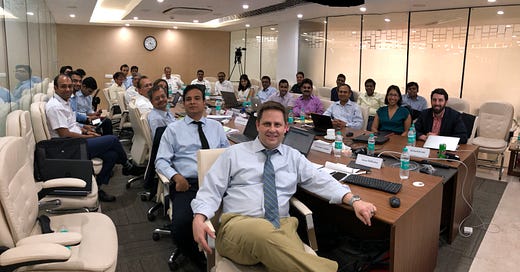


Great to see you on here, Rick! Your career trajectory has been fascinating and I’ve always been appreciative of your generosity to the Econ profession and the world more generally. Keep up the great work!